CV joints transfer power from the transmission to wheels. Correct installation ensures longevity and reliable torque transfer consistently. Improper installation leads to binding wear and early failure. Healthy joints maintain smooth rotation under all driving conditions effectively. Understanding installation techniques improves vehicle reliability and prevents costly repairs. Proper alignment torque and lubrication preserve joint function consistently. Acting carefully avoids post-repair complications and driveline instability reliably. Timely attention ensures predictable steering response and smooth driveline operation. Installation quality is critical for safe long-term vehicle performance daily, and trusted shops offering Auto Repair in Red Lion, PA can help ensure the job is done right.
Correct Alignment
Proper alignment prevents undue stress on the CV joint repeatedly. Misalignment causes uneven wear and reduces torque transfer efficiency immediately. Axle and joint angles must match manufacturer specifications accurately. Mechanics verify alignment visually and with measurement tools carefully. Correct alignment ensures smooth steering and predictable wheel response consistently. Improper alignment accelerates wear and increases vibration during driving noticeably. Maintaining alignment prevents premature joint failure and protects suspension components reliably. Proper joint positioning improves handling and overall driveline longevity effectively. Alignment accuracy is a key factor in post-repair CV joint health.
Lubrication and Boot Seating
CV joints require proper lubrication and correctly seated boots continuously. Improper boot installation allows grease loss and contaminant ingress immediately. Mechanics verify grease quantity and boot positioning during installation carefully. Healthy boots maintain internal cleanliness and torque transfer efficiency reliably. Maintaining lubrication and boot integrity prevents premature CV joint failure. Correct seating of the boot preserves torque delivery and prevents drivetrain issues. Boot and grease management is critical for reliable post-repair performance effectively.
Component Inspection
Inspection of all joint components ensures proper operation before installation repeatedly. Damaged bearings races or cages must be replaced to prevent failure immediately. Mechanics check for wear cracks or corrosion during pre-installation assessment carefully. Replacing faulty components restores smooth rotation and consistent torque transfer effectively. Healthy components maintain alignment and absorb driving stress without producing noise. Damaged parts increase stress on suspension axles and connected drivetrain parts unnecessarily. Maintaining component integrity prevents post-repair complications and ensures reliable vehicle operation. Proper inspection improves handling performance and reduces unexpected joint failure risks. Component quality is critical to achieving long-term CV joint durability reliably.
Conclusion
Improper installation is a common cause of post-repair CV joint failure. Correct alignment torque lubrication and component inspection prevent early deterioration consistently. Damaged or misaligned parts reduce torque transfer and increase vibration noticeably. Early attention prevents secondary drivetrain damage and restores smooth operation. Proper installation ensures consistent torque delivery and reliable vehicle control. Healthy CV joints improve handling performance and overall driveline stability. Detecting installation issues early reduces repair costs and prevents unexpected failures. Careful installation preserves joint integrity and protects driveline performance reliably. Acting correctly guarantees smooth safe driving and long-term joint reliability.

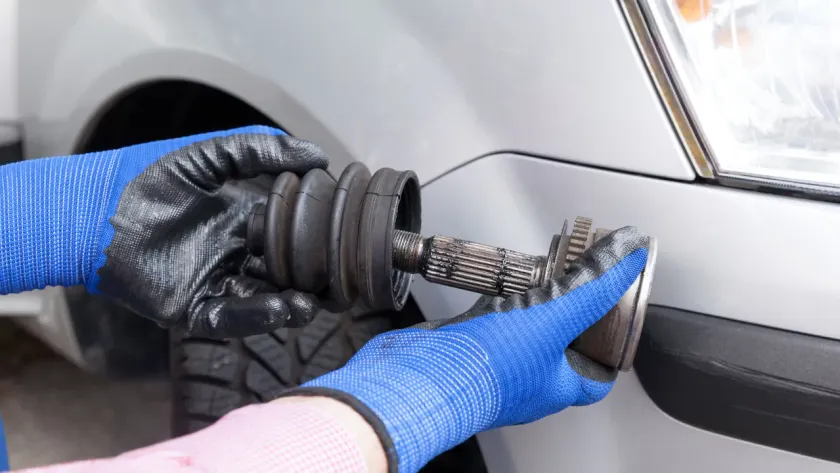
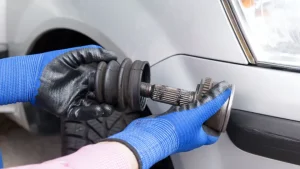
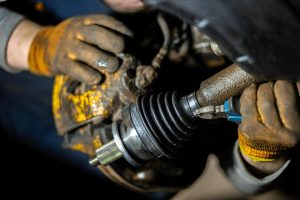
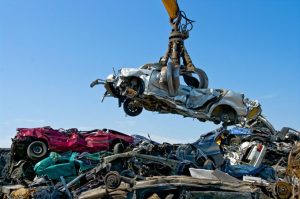
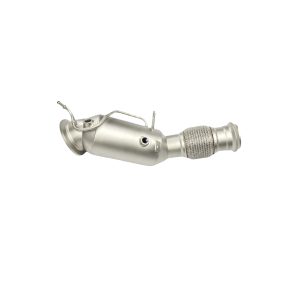
More Stories
Unusual Resistance: Feeling Binding in Your Vehicle’s Drive
Car Scrap in Singapore: How to Gain Value and Stay Compliant
Unlocking Performance: The BMW G20 / G21 330i / 330e Downpipe Upgrade